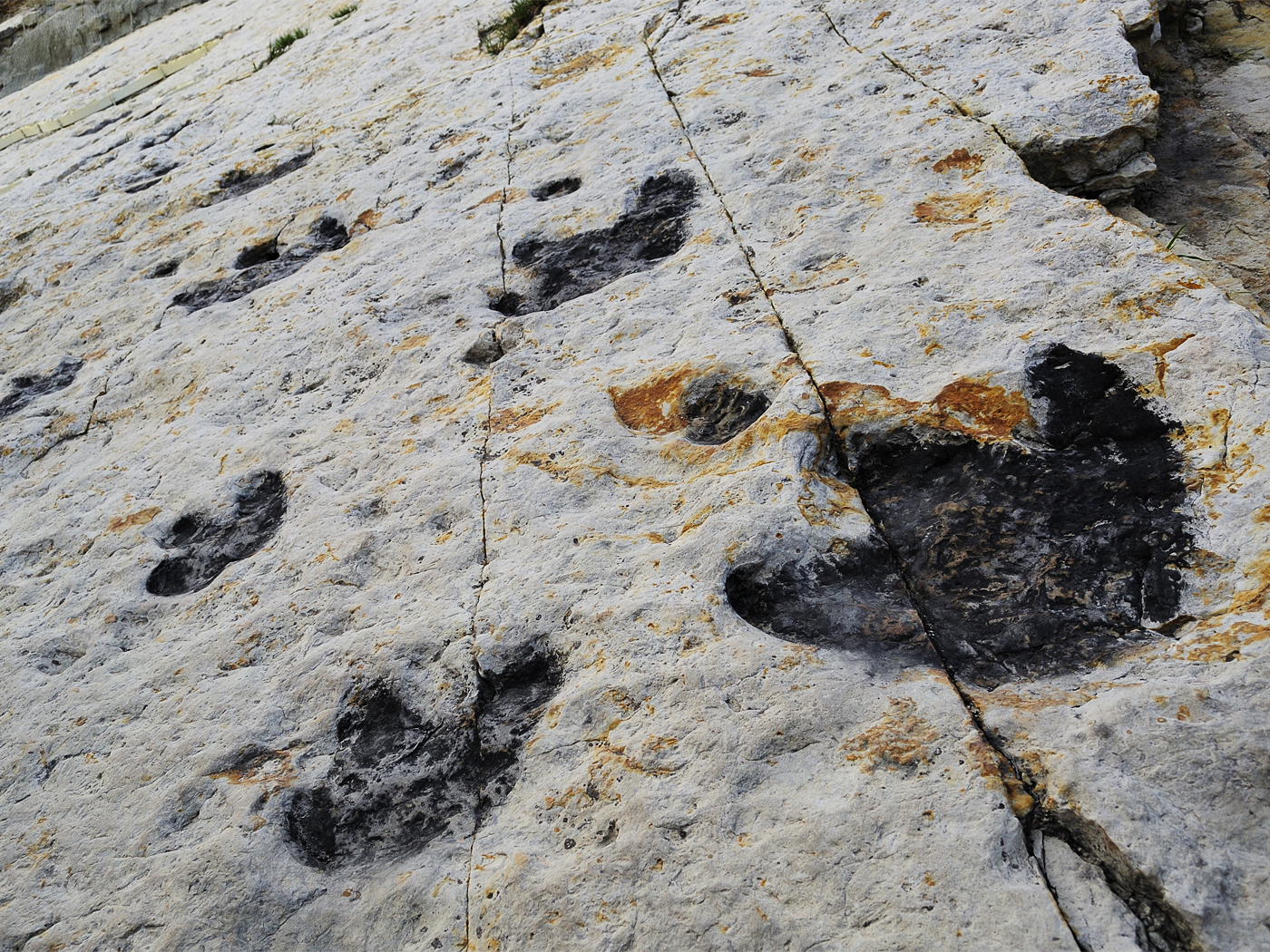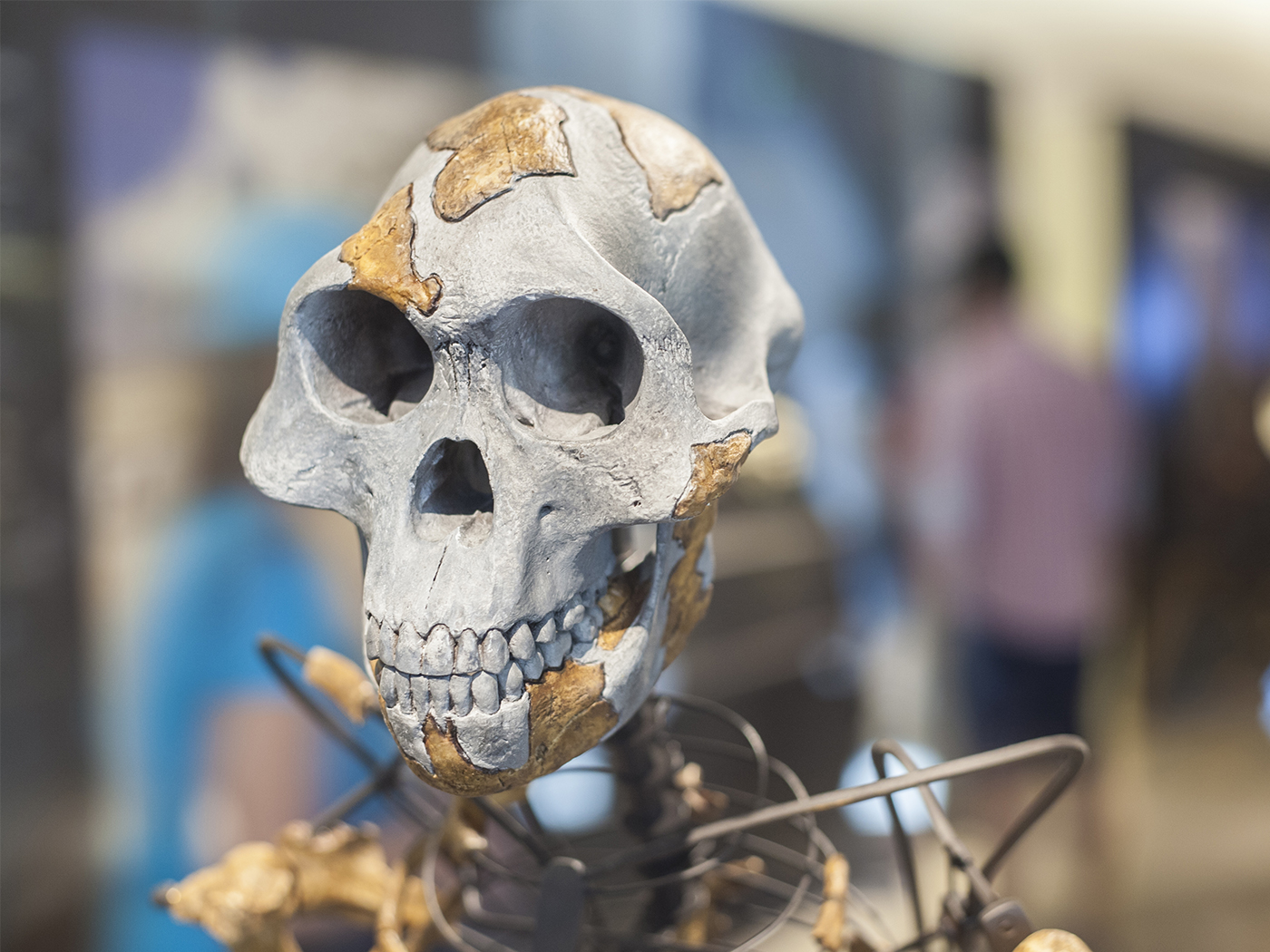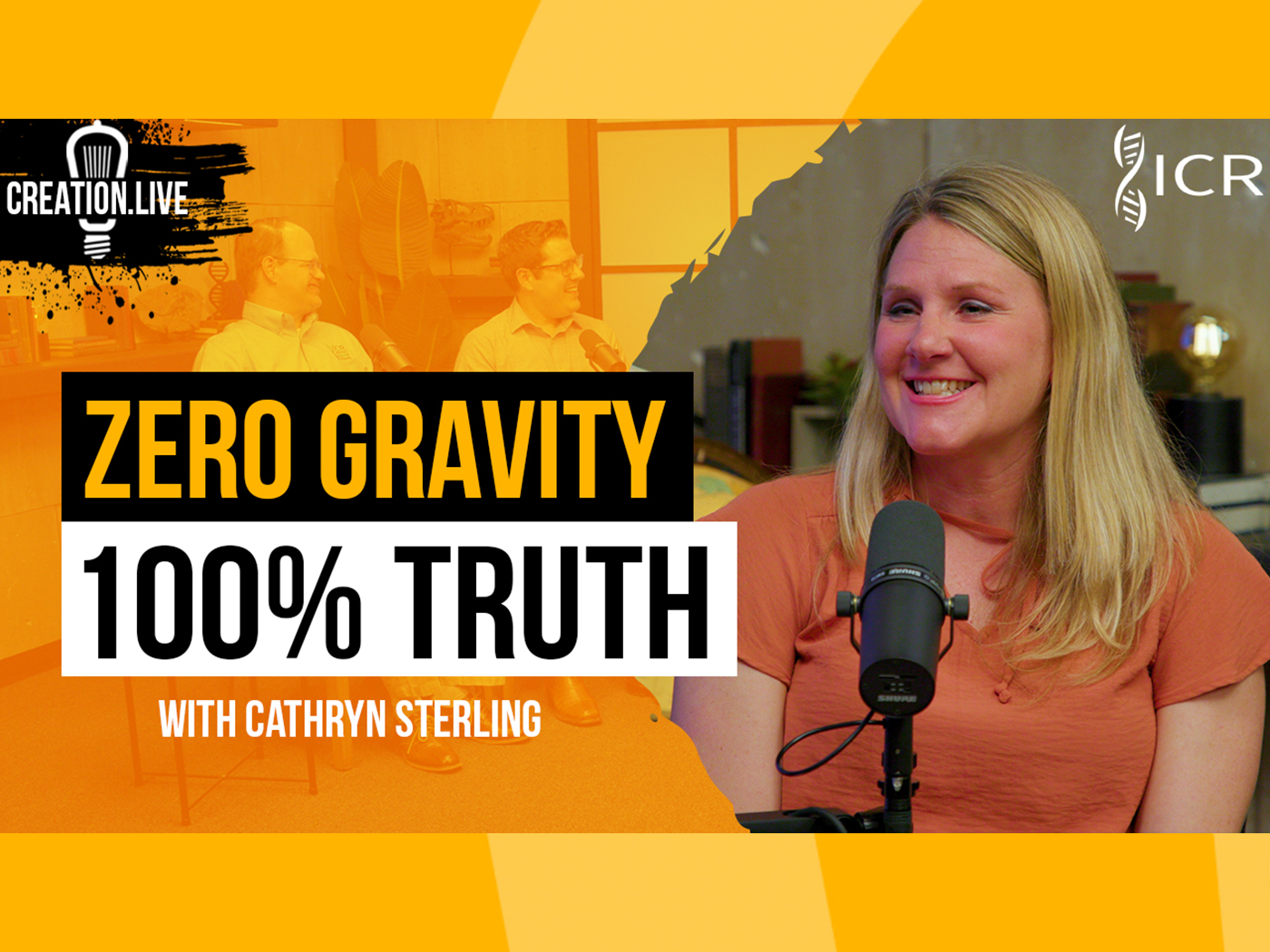Scientists claim they have successfully created "synthetic life" for the first time. In a 15-year project, a team led by genomics pioneer Craig Venter synthesized DNA from inanimate chemicals. Headlines through several news agencies announced they had created a living cell, but what exactly did these researchers accomplish?
In their study published in Science, the researchers of the J. Craig Venter Institute used machines to synthesize DNA, which they then inserted into already living cells. However, the particular DNA sequence they manufactured was an exact copy--except for precisely-placed "watermark" alterations--of pre-existing DNA from a living strain of bacteria that had been selected for its ability to be cloned and reinserted into a bacterium.
The researchers went through plenty of bacterial strains to find one with DNA that could undergo the transfer and cloning processes. After that, it was a matter of artificially synthesizing DNA to exactly match the strain that they knew would work. Even after this, it didn't initially succeed. An error had crept into their synthesized DNA, and "success was thwarted for many weeks by a single base pair deletion in the essential gene dnaA."1
This illustrates the high level of specification that had been built into these bacterial genomes in the first place.2 In order for their endeavor to succeed, the researchers had to conform their DNA sequence, in all the critical places, to that of the bacteria's. In their words, "this project was critically dependent on the accuracy of these [original bacterial] sequences."1
DNA is a very long two-stranded molecule composed of four repeating chemicals, like beads on a string, called bases. The base on one strand pairs with a particular base on the opposite strand, forming a base pair. Many genomes have millions or billions of base pairs, but the genome of the tiny bacteria that these researchers copied was only 582,970 DNA base pairs long.
They sequenced every base, transferring the data to a computer. They then synthesized new DNA to precisely match the sequence. Due to limitations of the DNA synthesizer, they had to start by manufacturing over 1,000 individual lengths, each with approximately 1,080 base pairs. This included extra DNA required for splicing the lengths together. The synthesized genome was then transferred to yeast, which can accurately copy long sequences of DNA and have enzymes that maintain DNA integrity. Finally, the researchers transferred the laboratory-synthesized, yeast-cloned DNA into a living bacterium that had its own DNA removed. The resulting cells grew and multiplied successfully in the lab.
So, after millions of dollars and untold man-hours, pre-existing information was copied from cells into computers, and then placed back into living cells by purposefully manipulating both man-made and cellular machine systems. The resulting cell was therefore not wholly synthetic--only its DNA. But other than four added watermark sequences that served to verify the results, even that DNA was an exact copy of an already functioning bacterial genome.
Despite the headlines, the scientists did not create a bacterial cell from scratch. Instead, they "refer to such a cell controlled by a genome assembled from chemically synthesized pieces of DNA as a 'synthetic cell', even though the cytoplasm of the recipient cell is not synthetic."1 But the cytoplasm has the machines required for all necessary cellular tasks like carrying sugars, copying DNA, taking out trash, converting energy, regulating production speeds, manufacturing proteins, communicating with the environment, and so on. None of that was artificially synthesized.
In what may be an attempt to add gravitas to this research, Venter told the Financial Times, "We have passed through a critical psychological barrier."3 Surely, this is a reference to ideas about the creation of life being the sole domain of God. But there are reasons why it would be an overstatement to say that this synthesized DNA represents some kind of "divine" accomplishment.
First, there is no biblical mandate that precludes mankind from attempting to build bacteria. Second, since bacteria do not breathe, they do not possess the "breath of life" that the Creator built into certain animals. So, like plants, bacteria do not have a soul or "life principle" and can be considered just very highly organized matter.4
Thus, even if scientists can eventually create an entire self-replicating cell--including every working part--from scratch, they still will not have "passed through a critical psychological barrier," because they will only have succeeded in adding fantastic amounts of organization to previously existing matter. Such an organism would not have "life" in the same sense that humans do. Souls are not matter, yet they mysteriously reside in certain creatures.
Overall, this research could serve at least two good purposes. The biotechniques that these scientists pioneered could improve medical technology. Also, by encountering the specificity with which these bacterial cells are constructed, investigators can get a closer appreciation for the engineering genius of their real Architect. In light of what the Lord Jesus accomplished in creating whole, reproducing cells without a reference template, what little these researchers achieved nevertheless "was complicated and required many quality control steps."1 How much more control was therefore required to have invented the whole cell in the first place, and how much more plain can the evidence for a Creator be?5
If anything, this research verifies that His handiwork is wondrous. If a team of brilliant scientists only succeeded in copying information from a germ to a computer and back to a germ, then the Originator of that information must be far more brilliant.
References
- Gibson, D. G. et al. Creation of a Bacterial Cell Controlled by a Chemically Synthesized Genome. Science. Published online May 20, 2010.
- See also: Thomas, B. Bacteria Study Shoots Down 'Simple Cell' Assumptions. ICR News. Posted on icr.org January 4, 2010, accessed May 25, 2010.
- Cookson, C. Scientists create a living organism. Financial Times. Posted on ft.com May 20, 2010, accessed May 20, 2010.
- Criswell, D. C. 2009. Origin of Life. Dallas, TX: Institute for Creation Research, 13-15. See also Morris, J. 1991. Are Plants Alive? Acts & Facts. 20: (9).
- Guliuzza, R. J. 2010. Natural Selection Is Not "Nature's Design Process." Acts & Facts. 39 (4): 10-12.
* Mr. Thomas is Science Writer at the Institute for Creation Research.
Article posted on May 27, 2010.













